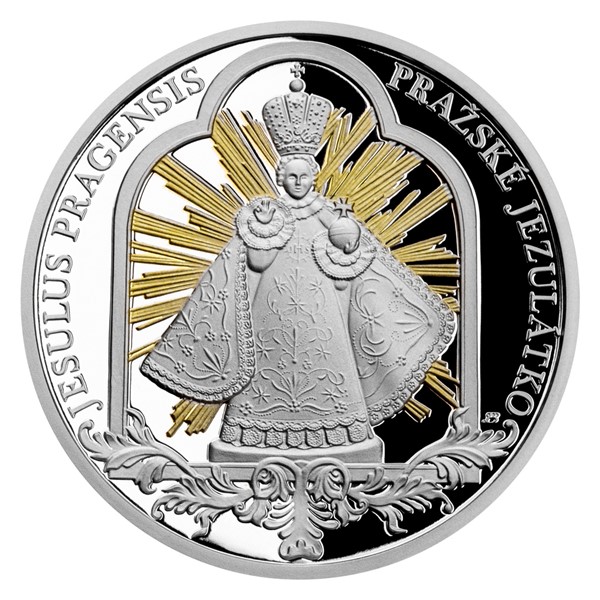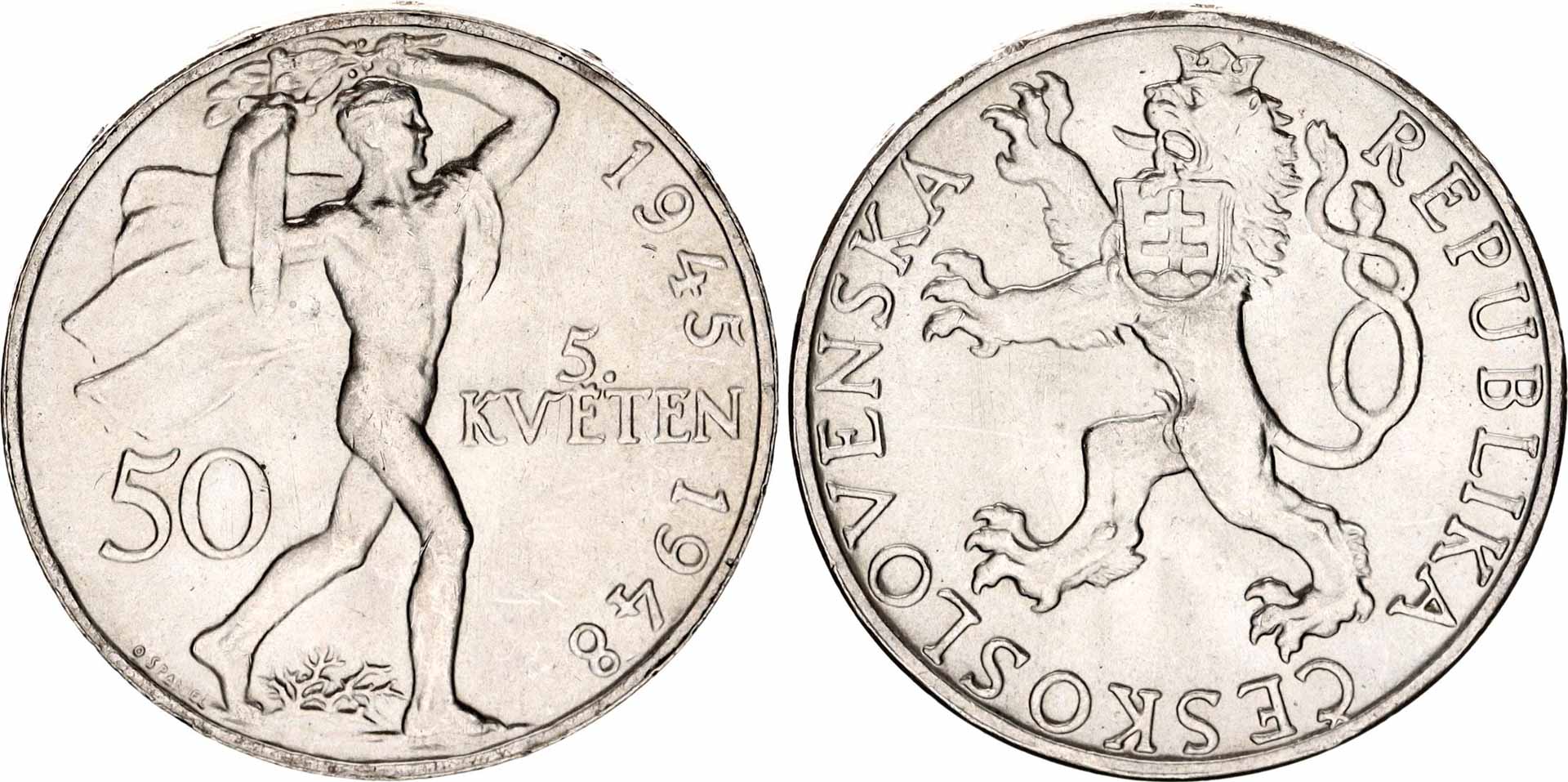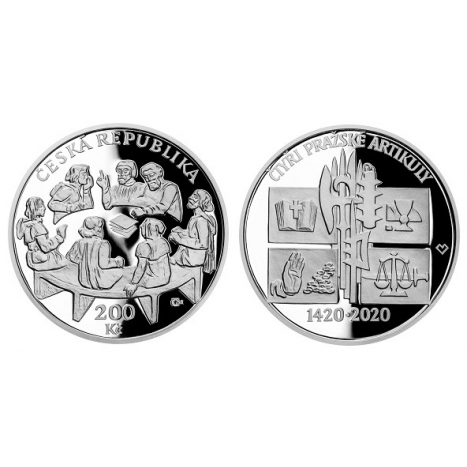Excellent News On Vacuum Hardening Prague Mint Coins
Excellent News On Vacuum Hardening Prague Mint Coins
Blog Article
What Is A Mold Made Of Plaster? Employed To Create A First Physical Representation Of A Coin Or Medal?
A gold coin or medal design is utilized as a design reference by the artist or designer. The design may be drawn with a pencil or pen, or a design created using graphics design software. It is also possible to use other materials like wax or clay.
Plaster preparation - Plaster is mixed with water to make an easily-workable consistency. The mixture should be smooth and free of lumps to create a good mold.
Create the base- The maquette is sculpted on a platform or base. The base can be a wood board or an even surface that gives stability.
The artist will start by making a model using the gold design. This involves creating a three-dimensional or relief image of the coin.
Detailing and Refinement - The artist creates details that refine the contours of the image and ensures accuracy in proportions and design elements. This requires careful attention to the finer details and accuracy.
Giving the plaster time to dry out and hardenAfter a sculpture is done, it will require some time to set and set. This allows for the maquette's shape to remain and also for hardening.
Finalizing the Maquette - Following drying out, the maquette is then smoothed to eliminate any bumps or rough spots.
Preservation and Sealing- In order to preserve the maquette for use in subsequent processes like scanning, or molding it may be coated with a sealant.
The 3D plaster model which results can be used to illustrate the gold pattern on a coin or medal. It serves as a reference to physical objects for the next steps of the process of production like scanning for digital replication, making molds for mass production, or as a model for artists to envision and improve the design before final production. Follow the top rated Prague Mint gold coins plaster molds blog recommendations. including gold coins for sale near me, saint gaudens double eagle, gold quarter, $5 gold coin, golden and silver, sell gold silver near me, today's 1 oz gold coin price, 1 10 oz gold eagle, gold coins, $5 gold piece and more. 
What Happens When The Janvier Machine Transfer Gold Medals Or Coins From Master Hubs To The Working Hub?
A Janvier machine is also known as pantograph, also known as a reducing machine. It is utilized to transfer the appearance of a coin medal from a master to the working center. The Master Hub Creation is explained in this video.
The master hub, also referred to as the original die or mold, is the original mold or die which contains the exact design and layout of the coin. To ensure its accuracy it is typically made with CNC machining and other precision methods.
Janvier Machine - Setup
The Janvier machine has a stylus, which copies the design from the master hub onto the working hub.
The Janvier machine is fitted with a master hub that serves as a template for the transfer of design.
Tracing The Design
The stylus of the Janvier machine follows the contours and details of the design that is on the master hub. As the stylus moves over the surface, it captures the design's outline.
Reducing the Design-
On the Janvier, the cutting tool copies the designs traced onto the hub of the machine which is normally constructed from steel, a soft metal or nickel.
The cutting tools reduce or reproduce the design on a smaller scale, or in a smaller size compared to master hub. This reduction is essential for the process of coining because it allows coins or medals to be made at the sizes desired.
Precision and Accuracy
Janvier is a precision machine that ensures an accurate transfer of design from the master hub onto the hub that is in use. It can reproduce every single detail and contours precisely.
Quality Control
The working hub will be subjected to quality control and inspection to ensure that it meets the specifications and is accurate for the strike process.
Further Processing
The hub of Janvier can be used as an instrument for the making of coins and medals. It is used as a mold or die to create numerous blanks for coins or medals with the transferred design.
The Janvier machine's function is vital in the minting process it allows the replication and reduction of complex medal or coin designs from master hubs to working hubs precisely. These hubs are utilized to make large quantities of medals and coins by using the striking method. Have a look at the top rated janvier processing Prague Mint gold medals blog tips. including silver and gold buyer near me, valuable gold dollar coins, gold bullion bars, 24k gold coins prices, bullion bars gold, gold quarter 2000, gold panda coin, coins and gold, liberty head nickel, price for one ounce of gold and more.
What Are The Best Ways To Achieve Textures Or Matte Surfaces By Sandblasting And How?
Sandblasting can be used to produce textured or matte surfaces on gold medals and coins. This method is used for many reasons.
Surface preparation The coin is put in a cabinet or a chamber fitted with an air compressor and a spray nozzle. The chamber is typically enclosed to keep the abrasive used to prepare the surface.
The medal or coin is then sprayed with an abrasive material, which may include sand, glass beads, silicon carbide or aluminum oxide.
High-Pressure Propeller: The abrasive particle is pushed onto surfaces using compressed air. The force and velocity at which the particles strike the surface will create the desired texture or finish.
Texture Creation: The force from the abrasive grains on the surface creates an appearance that is matted or textured by altering the topography the surface. This process can selectively roughen specific areas or produce an even texture across all surfaces.
Controlled Application - Sandblasting intensity length, duration, angle and application can be adjusted to produce different textures or surfaces. Different abrasives or pressure levels result in different outcomes.
Sandblasting - Why it is done
The process of sandblasting allows the creation of various textures or surfaces such as mattes, frosted or rough surfaces. This can create an aesthetic appeal and adds unique characteristics for the coins or medals.
Aesthetic Enhancement - Sandblasting alters the appearance of the surface by reducing the shine and diffusing the light reflection. This may enhance the aesthetic appeal of the coin or medal. Matte finishes, like can highlight certain designs by reducing the glare.
Anti-glare properties - The textured or matte finishes created by sandblasting can reduce reflection and glare, making metals and coins more pleasant to see and more appealing.
Contrasting Design ElementsSandblasting creates contrast between polished and textured areas on the coin or medal, emphasizing specific design features or giving the appearance of depth and dimension.
Sandblasting can be customized for unique designs or textures.
Sandblasting is a technique used to produce different surface textures or designs on gold-plated coins and medals. This technique contributes to the aesthetics and appeal of these items. See the top rated sandblasting Czechoslovakia gold medals more tips. including sell gold silver near me, gold coin store near me, $5 gold coin, gold and silver buyers near me, gold panda coin, gold bullion bar price, gold coins, buy gold coins near me, gold medal swimming, 2000 gold dollar and more.
How Is Gold Fed Through The Coin Presses, And Then Stamped With High-Pressure While Minting?
In the process of minting gold medals and coins are made by stamping them under pressure. This is a brief overview of the process involved in loading blanks.
The loading of gold blanks into a feeder attached to a coin press is done after they've been prepared, examined and graded. This feeder system will ensure a continuous supply of blanks to the machine.
Feeding Blanks into the Press
The feeding system was designed to move the blanks one at a time into the chamber for striking. This ensures precise placement of the blanks.
Alignment, Positioning and Positioning
The blanks are aligned within the press and then placed in the striking area, making sure they are centered and perfectly aligned to allow for the stamping.
Striking Under Pressure
A coin press applies pressure to the blanks of gold by using two dies: one stationary and the other moving. The stationary coin die provides negative images of the design. While the moving die is used as a hammer to strike the blank while the stationary one has the positive impression.
Die moves and strikes the blanks with great force. This transfers the design to the surface of the blank. Die pressure causes relief raised and details on the coin.
Repeated Striking Optional
Multiple strikes are a great way to create a sharply clear design or image on better quality medals and coins. Each strike refines the surface details of the coin or medal.
Collection and Ejection
When they have been struck by hand, the medals and coins are then thrown into trays. The designs stamped on them are checked for quality to ensure they are in line with the specifications.
Post-Processing-
If the mint has specified the process, they can apply other processes like edge lettering, reeding of the edges, or post-strike treatments.
Stamping the gold blanks with high pressure is vital because it prints the desired design on them, turning them into refined coins and medals that can be used as commemoration or collection purposes, or for circulation. The process of stamping demands accuracy as any the variations in pressure and alignment can affect the quality of the final product. Follow the best minting Czechoslovakia gold coins blog recommendations. including congressional gold medal, gold coin with angel on both sides, gold bullion bar price, saint gaudens double eagle, $5 gold coin, gold and silver coins, one ounce gold bullion, oz gold bars, twenty dollar coin, 1 0z gold and more.